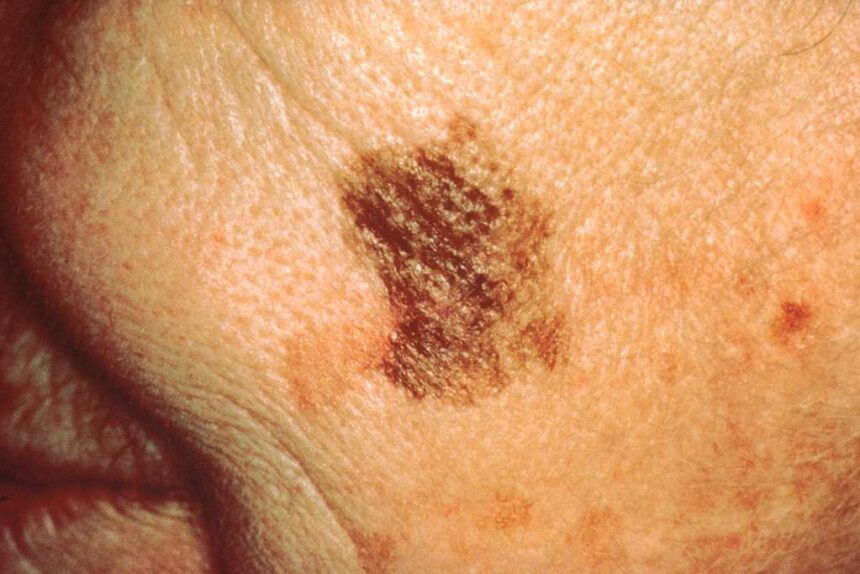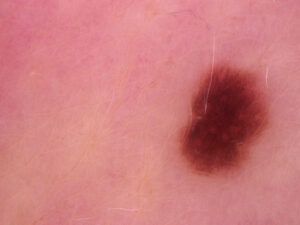Understanding how to identify potential changes in your skin is a helpful step in maintaining personal health. Skin is the body’s largest organ, and being aware of its condition allows individuals to notice new or evolving marks. Early recognition of any changes can lead to discussions with a healthcare provider for a thorough evaluation and diagnosis of skin cancer.
What Is Skin Cancer?
Skin cancer is characterized by the abnormal growth of skin cells. This condition most often develops on skin exposed to the sun and UV light, but it can also form on areas that are not typically exposed to the sun. The development of skin cancer begins when mutations occur in the DNA of skin cells. These mutations cause the cells to grow out of control, forming a mass of cancerous cells.
There are three major types of skin cancer. Basal cell carcinoma and squamous cell carcinoma are the most common forms. They usually develop in sun-exposed areas of the body, such as the face, neck, and hands. Melanoma is a less common type, but it can be more serious because it has a greater tendency to spread to other parts of the body if not addressed early. Melanoma can develop anywhere on the body, from an existing mole or as a new dark spot on the skin.
What Are the Signs?
Recognizing the signs of skin cancer involves looking for new or changing growths on your skin. Regular self-examination can help you become familiar with your skin’s normal pattern of moles, freckles, and other marks. For basal cell and squamous cell carcinomas, some common signs include:
- A pearly or waxy bump
- A flat, flesh-colored, or brown scar-like lesion
- A flat lesion with a scaly, crusted surface
Melanoma is often identified using the ABCDE guide:
- Asymmetry: One half of the mole or spot does not match the other half.
- Border: The edges are irregular, ragged, notched, or blurred.
- Color: The color is not uniform throughout and may include various shades of brown or black, as well as patches of pink, red, white, or blue.
- Diameter: The spot is larger than 6 millimeters across, although melanomas can sometimes be smaller.
- Evolving: The mole is changing in size, shape, or color.
How Is It Treated?
The treatment for skin cancer depends on the type, size, and location of the growth. A dermatologist will determine the most suitable approach after a diagnosis. Standard treatment options are available. A simple excision may be performed, where the cancerous tissue and a surrounding margin of healthy skin are cut out. Freezing, also known as cryosurgery, is another method that uses liquid nitrogen to destroy abnormal cells.
More advanced procedures might be utilized. Mohs surgery is a precise technique where the surgeon removes the growth layer by layer, examining each one under a microscope until no abnormal cells remain. Laser therapy may be used in other cases.
Speak Further With a Dermatologist
Dermatologists are trained to evaluate changes in the skin and can use various diagnostic tools to assess suspicious spots or lesions. Early detection of skin cancer may increase the range of available treatment options and could contribute to more favorable outcomes. During a consultation, a dermatologist can conduct a thorough skin examination, provide an accurate diagnosis, and recommend tailored management strategies specific to each case.















